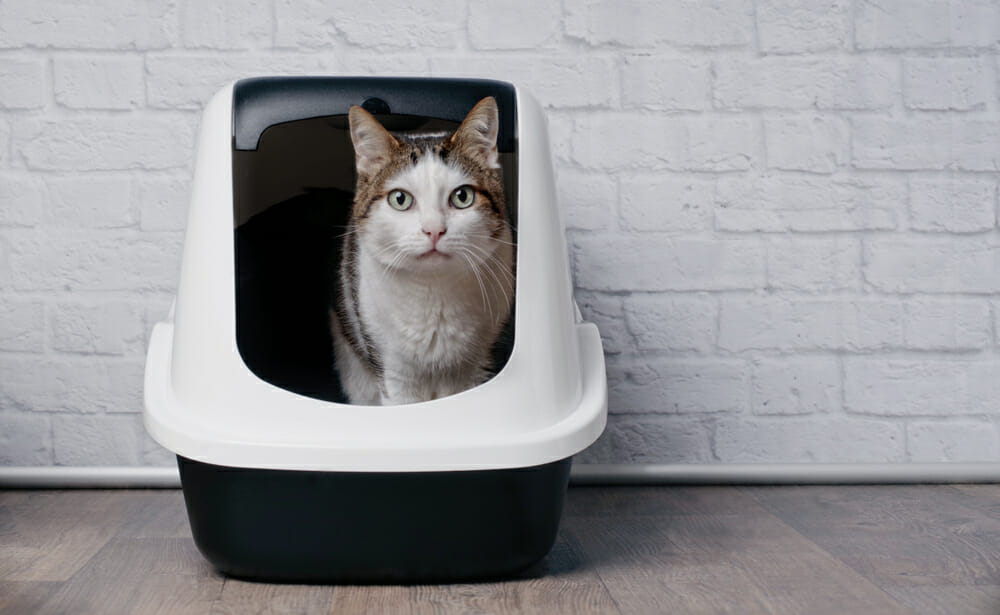Male cats have a tendency to become blocked, which essentially means that there is an obstruction in the urethra. The urethra is the tiny tube that carries the urine from the bladder to the outside of the body. If the urethra is obstructed, the cat is not able to empty their bladder completely or sometimes not at all. It is a very serious EMERGENCY and needs to be treated immediately! In some cases, it can result in acute kidney failure and even death within 2-3 days.
Why are male cats more at risk?
The urethra in a male cat is much longer and more narrow than the female’s urethra leaving space for a blockage.
What blocks the urethra, you ask?
Well, there can be a couple of things that can cause obstruction. It could be the presence of mucus or blood clots in the bladder or even small stones or urinary crystals. Sometimes it’s the muscles spasming or inflammation of the walls of the urethra.
How is it treated?
When you bring your cat in, the veterinarian will start with an exam to confirm the blockage. They may recommend doing blood work to check kidney function and/or x-rays to see if crystals or stones are present in the bladder. Once this is done, they will need to sedate the cat and try to place a urinary catheter through the urethra. After the catheter is placed, it is flushed to try to push the blockage out of the urethra. If all goes well the catheter is then stitched in place, and the cat is hooked up to IV fluids to try to flush out the kidneys and bladder. The patient is then put on medication and kept in the hospital for about 24-48 hours for treatment. After a few days, the catheter is removed, and we see if the cat can pee again on his own.
We also send him home on medication and a urinary friendly food to prevent this from happening again as cats who have blocked in the past have a higher chance of recurrence. In extreme cases, some cats need to have a Urethrostomy, a special surgical procedure which opens up the penis, but that’s a story for another day.
Symptoms of a cat with a urinary obstruction:
- Straining in the litter box and passing little to no urine
- Frequent trips to the litter box
- Urinating outside of the litter box, on the floor, clothing, furniture
- Blood in the urine
- Crying or howling while in the litter box
- Licking genitals obsessively (more than the usual grooming)
- Hiding, lethargy or change in behaviour (can be more aggressive as they are painful)
- Vomiting and occasionally not eating
- Seems painful around the abdomen
If you notice any of these symptoms, please call your veterinarian immediately as this can be life-threatening!
Written by: Cindy, CCR




